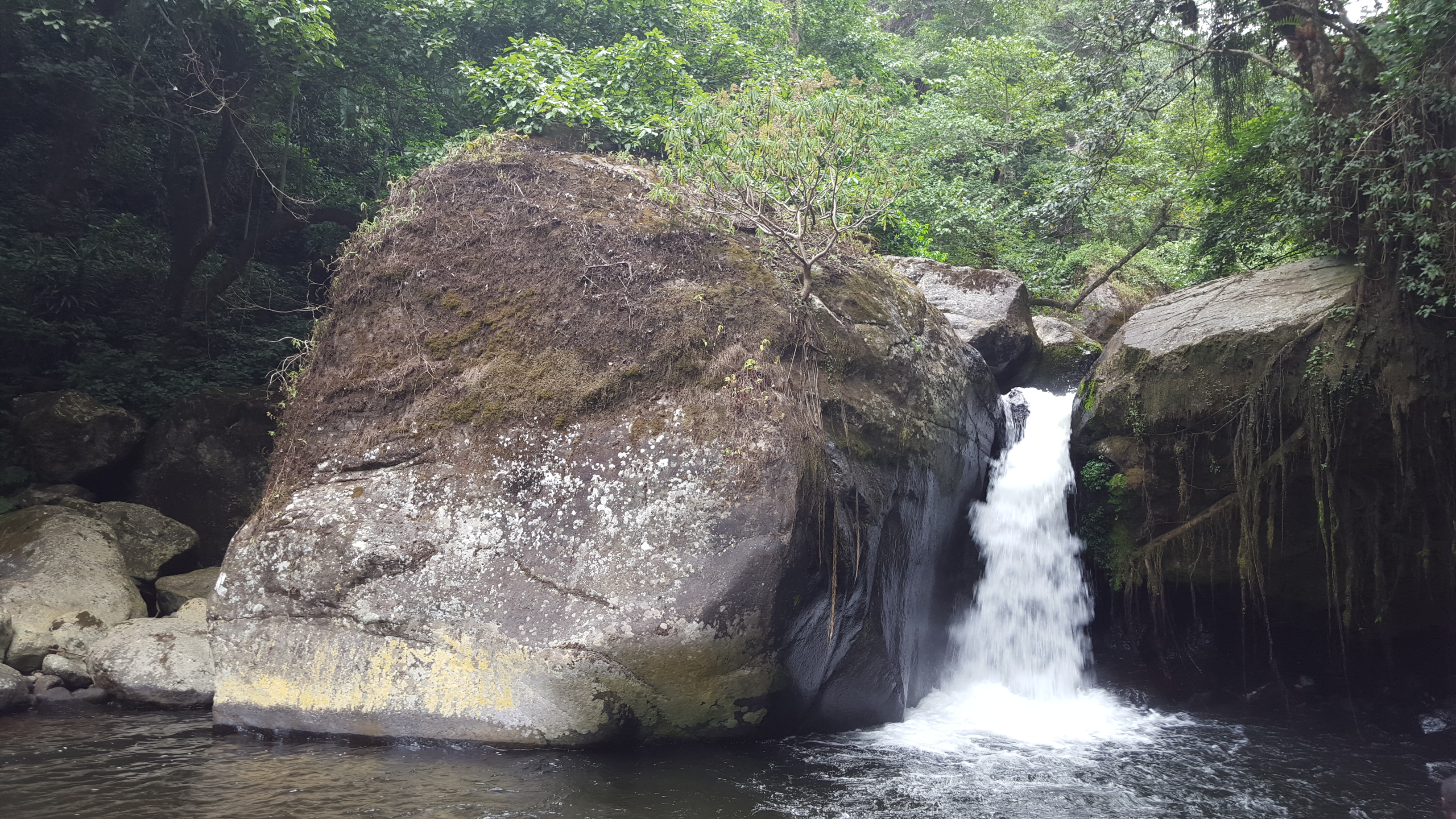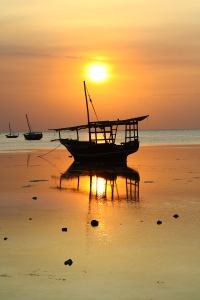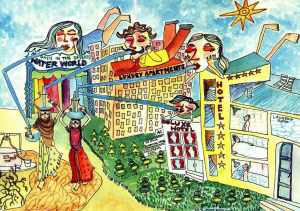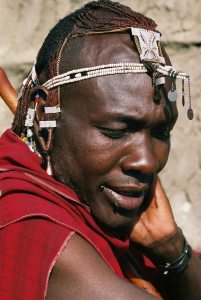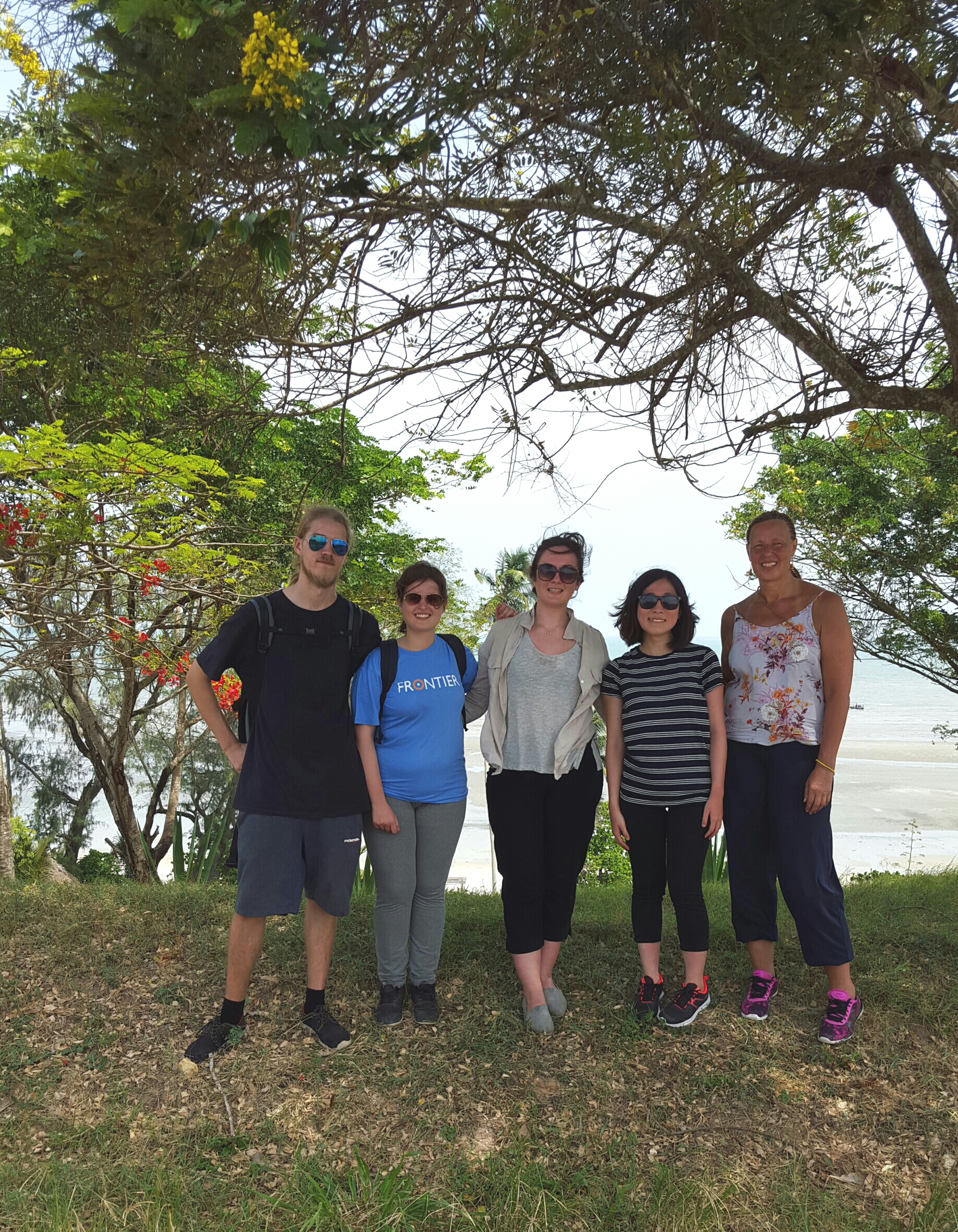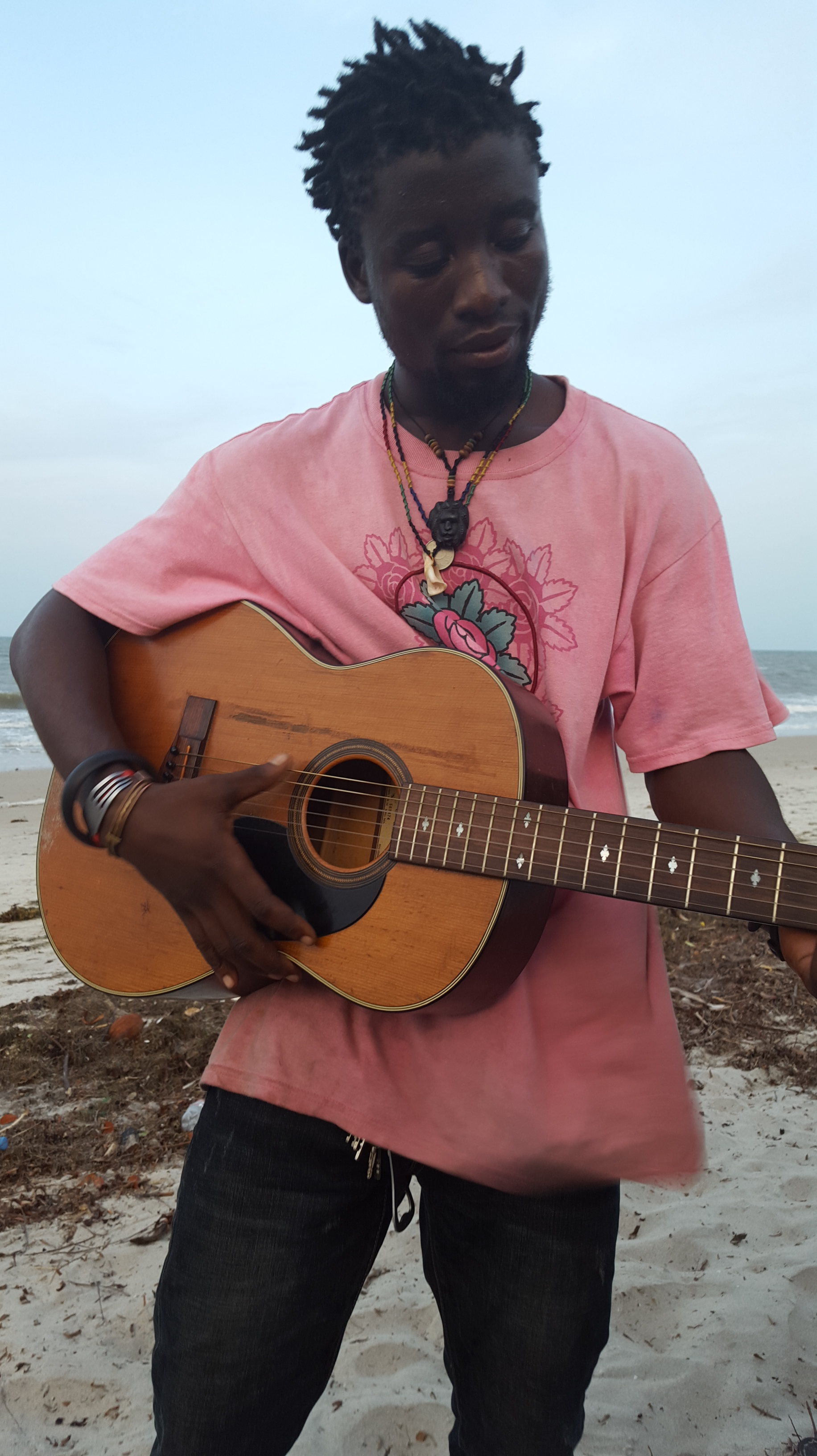By Farzad Ghotaslou – Art in Tanzania internship
Zanzibar is popular weekend trip for Art in Tanzania volunteers and interns in Dar es Salaam. It is also a destination for our safari and Mt. Kilimanjaro clients to relax after their safari of climb. We commonly tailor the Zanzibar stay; usually night or two at the historical stone town with day trips and then total relaxation at the beach. Zanzibar is not only a place to lay on the beach. There are many options to enjoy the exhausting beauty of that this tropical Island provides. Some of them listed below.
Zanzibar have been inhabited for many hundreds of years and although ancient records refer to imported elephants and other iconic species, you won’t find any of Africa’s major land mammals here today.
Jozani Forest has several habitats including swamp forest, evergreen thickets, mangroves, as well as a variety of wildlife, including Sykes and Red colobus monkeys, bush pigs, Ader’s duiker and suni antelopes, elephant shrews, chameleons, and lots of birdlife.
It is best known for its red colobus monkeys, which are endemic to Zanzibar. About 20 years ago, the monkeys were in danger of extinction. This trend has since reversed due to the conservation project. There are about 6000 red colobus monkeys residing in Jozani Forest.
After visiting the red colobus, you will walk across to the Pete-Jozani Mangrove Boardwalk. It entwines through coral thicket vegetation, mangrove forest and across a creek. You walk through mangrove forest, which is extremely crucial to Zanzibar’s ecosystems, providing a habitat for many lizards, snakes and birdlife as well as preventing the coastal erosion.
Most visitors to this vast and scenic spread of green, a biodiversity hotspot that’s part of Jozani Chwaka Bay National Park, come in hopes of sighting the rare red colobus monkey. Thousands of years of isolation from sibling species on the African mainland have made this simian specimen a special beauty, with distinct cries and vibrant coats. There are nature trails through shafts of sunlight where butterflies flicker, a boardwalk that descends into mangrove swamps and the very faintest chance of a leopard sighting – although don’t get your hopes up too much, as the last was decades ago.
Numgwi
You’ve come to the Indian Ocean to sink your toes into coral sands as pure and pale as caster sugar – and the place to do that is Nungwi, on the northwesternmost tip of Zanzibar. There’s a DoubleTree Resort by Hilton here, plus a few lodges immersed in tropical gardens, beach cottages and sea-view restaurants, yet the place has not fallen victim to swarms of international tourists, and islanders mingle casually with visitors. The water sports are plentiful, as are sundown cruises, and you can organise deep-sea fishing excursions in search of leaping sailfish and mean-looking bull dorado.
Also known as Mji Mkongwe, Stone Town is the ancient part of Zanzibar City, which is itself capital of Unguja island. Visit and you’ll get a perfect picture of how the old Swahili trading towns of East Africa look, sound, feel, taste and smell. With Islamic prayer calls on the air and atmospheric winding old alleys redolent of spices at every turn, this settlement is the heart and soul of the island. Admire elegant stone buildings, sip chai and coffee from busy vendors, and eat fresh fish dinners laced with coconut. Stone Town mixes Persian, Arabic, Indian and European legacies to create a destination to remember.
Stone town
Forodhani Market
In the thick of Stone Town, as the afternoon dims towards evening, Forodhani Gardens transforms into a circus of calorific magnificence: welcome to Zanzibar’s spectacular night-time food market, a whirl of chefs juggling spitting pans. The aromas are fabulous, and the range of dishes is extraordinary. Bring a large appetite. You might be familiar with some of the offerings – kebabs of tandoori lobster, say, or falafel as big as your fist. Our favourites are the fish plates served with fried potato balls, naan and samosas. You won’t need to eat for a week – or maybe just not until the same time, same place tomorrow.
Nakupenda Beach
Nakupenda (Swahili for I love you) is the name of a slender slice of sandbank just off the coast of Stone Town. And what’s not to love? Abutting the brilliant blue of the ocean, this tiny beach is an idyll of sand as soft and white as baby powder. It’s the perfect spot for swimming, snorkeling in clear waters flickering with marine life and generally keeping cool under the hot African sun. If you’re lucky you might glimpse the local superstars – the much-loved dolphins, doing their own thing in the distance.
Prison Island:
The prison – which is now owned by a hotel – was built in 1893 and was originally intended to house violent prisoners from the mainland and sick people.
You will get the opportunity to visit the tortoise sanctuary, which contains a large colony of giant tortoise imported from the Seychelles in the late 19th century. The average weight of these creatures is 200 kg, and many of them are said to be over 150 years old. There will be a chance to touch the tortoise and take photos. The island is also a home to a colony of beautiful peacocks.
For the rest of the trip, you can either enjoy the marine life as you snorkel around the coral that fringes Prison Island or just relax under the warm glow of the sun, until you head back to Stone Town.
Chumbe Island:
The Chumbe Island Coral Park is an award-winning private nature reserve and one of the last pristine coral islands around. It is the home of many rare and endangered animals that are protected here. The Park includes a fully protected coral reef sanctuary and forest reserve, a visitor and education center, nature trails, historical ruins, and eco-bungalows for overnight guests. Chumbe Island is one of the most beautiful islands of Zanzibar and a prime example for sustainable tourism.
You get to snorkel in the most colorful underwater world with a huge variety of fish, corals, turtles, and other fascinating sea creatures. Learn about the marine life, forest, and nature reserve from professional guides. Enjoy a tour of one of the 7 eco-bungalows available for overnight guests, taste the delicious Swahili cuisine for lunch and enjoy the exclusive atmosphere of a secluded island.
Spice Tour:
Spice Tour is one of the most popular excursions on the Island.
In days past, Zanzibar was known as a spice island, exporting cloves, vanilla, nutmeg and cardamom across the world. The spices were brought over from Asia and South America and flourished in the tropical climes.
Nowadays the plantations are a tribute to the island’s past, swapping spices for tourism, combining both in a spice tour.
If variety is the spice of life, then Zanzibar is nature’s supermarket. East Africa’s favorite island playground, Zanzibar appeals to those who want to heighten their senses in a kaleidoscopic world of flavors. The island is renowned for its exotic aromas, spices and herbal remedies, and discovering these delights in their natural home makes for a… well, spicy adventure!
Over the course of centuries, traders arrived at Zanzibar’s port on route across the Indian Ocean to discover new world trade.
The original settlers on the island were Bantu-speaking Africans. At the turn of the 16th century, Portuguese traders established themselves in Zanzibar as part of their quest to take over East Africa. They brought with them various plants from their own colonies across India and South America. Fast forward 200 years later; Arabs set up trading companies on the island, drawing a close to Portuguese dominance over Zanzibar.
It wasn’t until 1832 that Zanzibar’s tropical climate and fertile soils were taken advantage of to make Zanzibar the spice island it is today. The Omani Sultan, Seyyid Said, moved his empire capital from Muscat to Stone Town to cultivate the production of cloves, which was traded like gold at the time. It wasn’t just the flavors that was a winner with taste buds — cloves were used as a common method of curing and preserving meats long before the refrigerator.
When the island’s other main trade — slavery — was abolished, the spice trade continued to flourish, bestowing wealth and flavors that led to the island’s legendary moniker, ‘the Spice Island.’
Walk through the spice farm with your guide. Touch, smell and taste different spices and tropical fruits. Try to guess which is which, from the crushed leaves, the fruit, shoots and vines and creepers crawling up the Zanzibar Spice Tour trees.
Today, the spice tourism trade is booming with various farms of spices and exotic fruits dotted inland.
The spices grown in these plantations add flavors to the distinctive cuisine of the island, provide numerous cures for everyday ailments, and are ingredients in cosmetics and the colorful dyes needed to celebrate festive gatherings. From henna to lipsticks, pillows to medicine, many useful plants are woven into the fabric of Zanzibar’s culture and industry.
On my tour, a local guide led me through a spice farm, from plant to plant, tasting and discussing the significances and uses of each.
Walking through one of Zanzibar’s inland spice farms makes you feel like you are in a scene from the ’90s family movie, ‘Honey I Shrunk the Kids,’ thanks to a soaring canopy of evergreen trees that makes you feel miniature. This is especially the case when you find yourself caught under leaves that are taller than you! Among the tropical greens and coconut palms is the exotic kapok tree, famed for its height, hollow trunk, and spikes. The tree itself can grow up to 200 feet, towering over the rainforest, and the spikes give off the dramatic appearance of a medieval torture device. And yet, the tree shreds its spikes once it matures, and its fibers are used to produce something soft: mattresses and pillows.
Bring your make-up bag, as another fascinating plant you’ll spot is the bright, red-hued lipstick tree. Inside its furry red fruits are hard, deep red seeds that are used as industrial dye in food preparation and cosmetics. The henna plant is also found here, most known for creating stunning and intricate patterns on the skin, of course, but what you might not know is that it is also used to incite natural abortions.
But the most alluring part of walking through the spice farms is seeing what spices look like in their natural state as opposed to a local grocer’s store shelf. A shopping list of spices can be found here: pepper, turmeric, cinnamon, chili, peppermint and allspice with its dried berries pleasantly smelling like a fusion of cinnamon, cloves, ginger and nutmeg
Despite losing its claim to be the world’s biggest clove producer to Indonesia, Zanzibar still produces what is referred to as the ‘King of Spices’ in vast amounts. Cloves are not only a flavors enhancer but its oil, eugenol, acts as a food preservative. It can also be used for medical purposes, as a relief for nausea, gas and vomiting. It can also help control the pain from a toothache.
Zanzibar’s spice farms not only produce spices to eat but also exotic fruits to consume. The red banana, guava and jackfruit trees capture your attention due to their brightness and the sheer size of the fruits. Seeing an almond plant makes for fun piece of trivia to quiz friends back home: did you know it takes roughly 100 days for one nut to be produced from one fruit? No wonder almonds don’t come cheap!
Mother Nature really wanted to spice up the lives of all Zanzibar’s occupants, and with a visit to one of its exotic plantations, you’ll see that for yourself. Zanzibar is a natural mega-mart with spices, fruits, natural cures, manufacturing materials and cosmetics all readily available — just bring an empty bag!
Dolphin Swimming
Traditional small boats pick up tourists and take them snorkeling on the coral reefs and swimming alongside dolphins. While bottle-nose dolphins are very playful and easy-going, humpback dolphins are rather shy and prefer to avoid people. Dolphins are especially abundant along the Fumba peninsula.
You should avoid sudden movements and allow the dolphins to come to you and do not chase the dolphins by boat! Also, the best time to encounter them is typically early in the morning.
The best period for seeing and swimming with dolphins is during the dry season, which runs from January to February and from June to October.
Try to avoid the rainy season because the visibility is not as good.















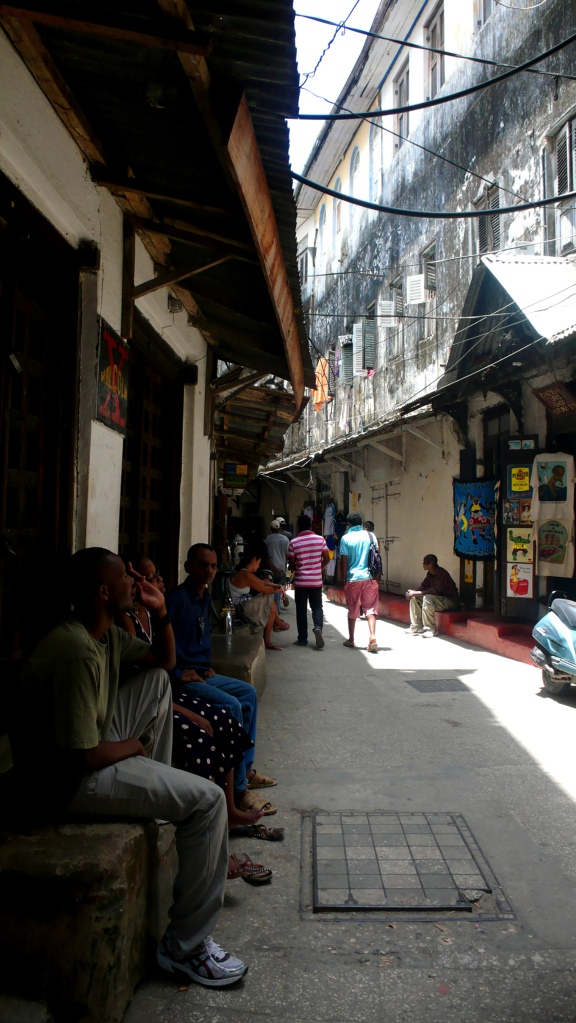


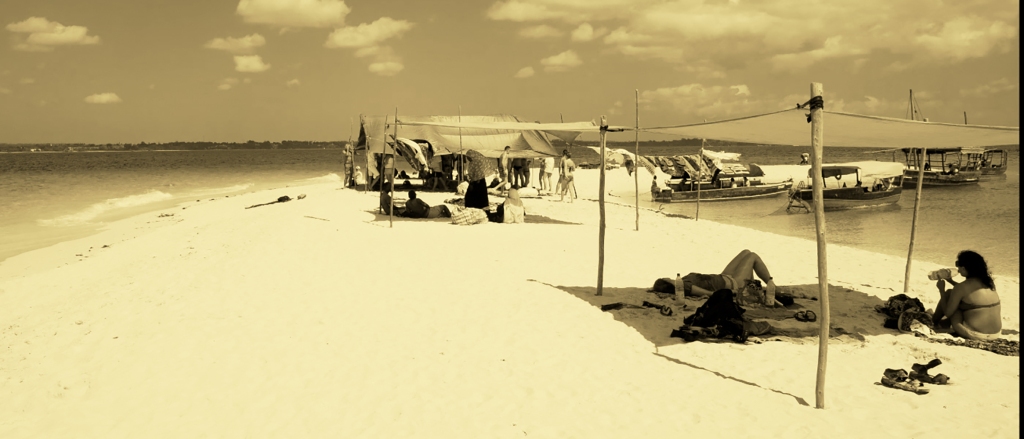



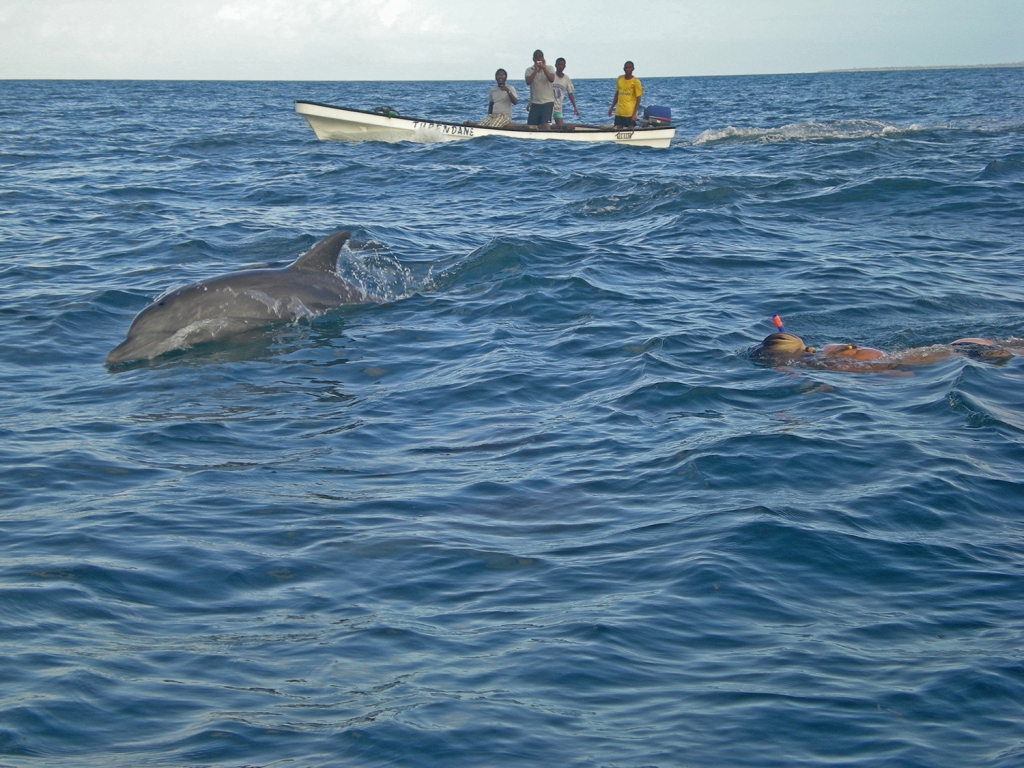






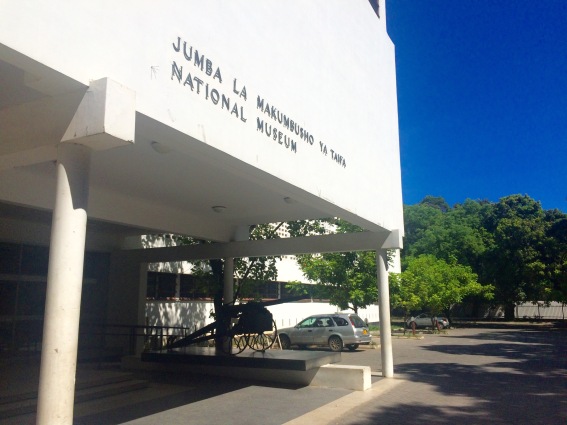















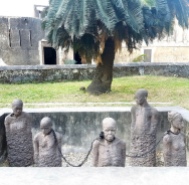







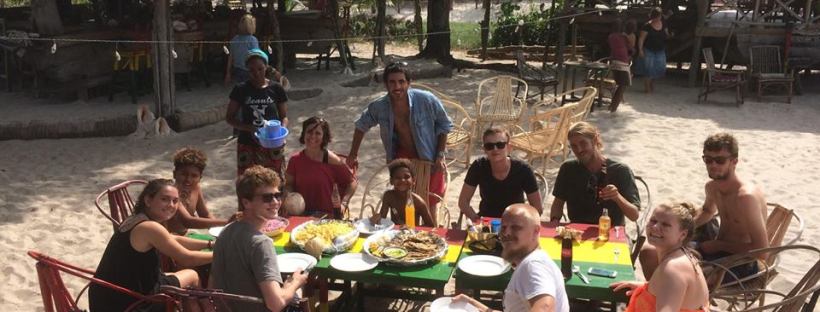

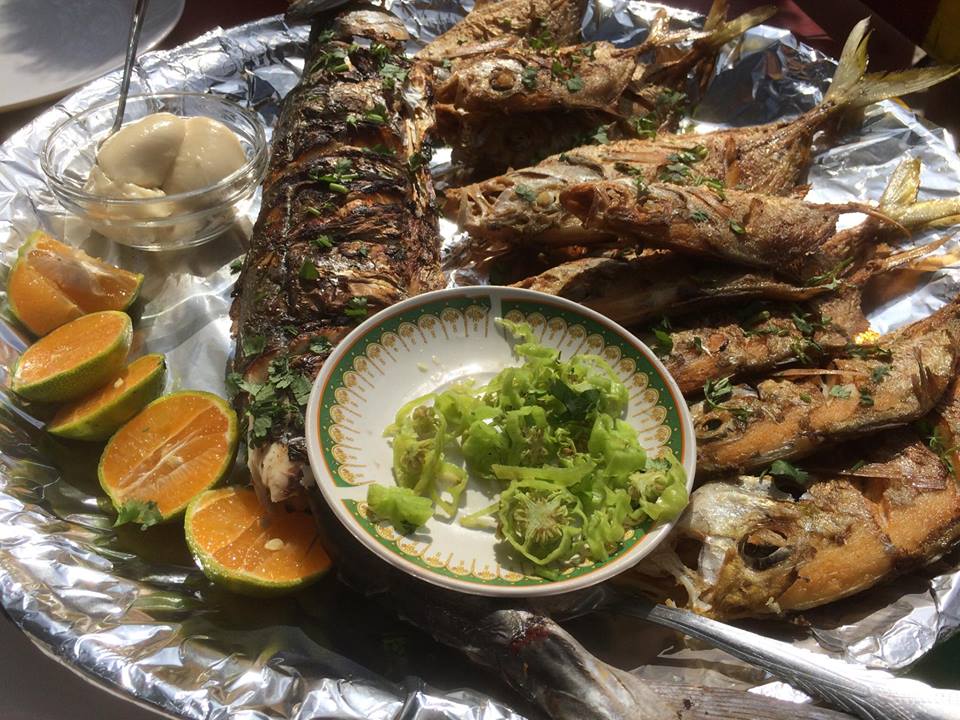

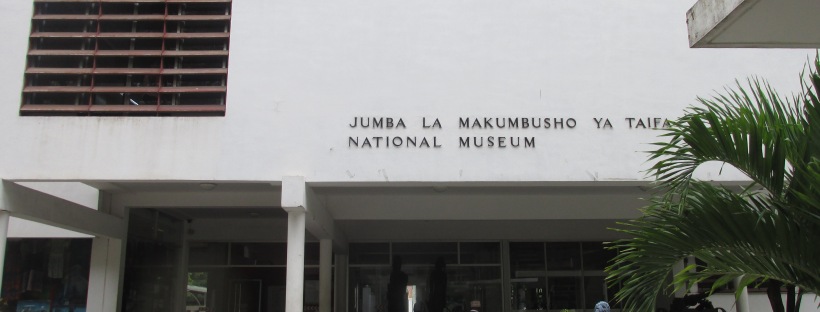
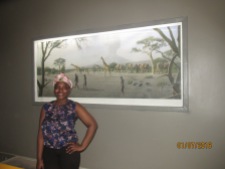



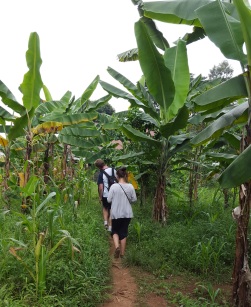 The trekking started at the Machame Gate, which is one of the starting points for climbing Kilimanjaro, the mountain with the highest summit in Africa. Right at the gate, we found a bunch of people who were ready to conquer this very mountain, good luck to them! Back to our trekking, Machame is the area where located at the south-western slope of Kilimanjaro, with the reputation of its mosaic landscape including valleys, rives, waterfalls and rainforests; it is also the home base of the Chagga tribe. The first 2.5 hour trekking was an easy trek and had presented us the tropical view of the area. The whole trekking was very informative with our guide Hilary showing us different kinds of plants. Even if you are not a plant lover, you will be amazed how diverse the vegetations are in this area. Along the way, we had met some local Chagga people and Hilary also taught us how to greet in a Chagga way.
The trekking started at the Machame Gate, which is one of the starting points for climbing Kilimanjaro, the mountain with the highest summit in Africa. Right at the gate, we found a bunch of people who were ready to conquer this very mountain, good luck to them! Back to our trekking, Machame is the area where located at the south-western slope of Kilimanjaro, with the reputation of its mosaic landscape including valleys, rives, waterfalls and rainforests; it is also the home base of the Chagga tribe. The first 2.5 hour trekking was an easy trek and had presented us the tropical view of the area. The whole trekking was very informative with our guide Hilary showing us different kinds of plants. Even if you are not a plant lover, you will be amazed how diverse the vegetations are in this area. Along the way, we had met some local Chagga people and Hilary also taught us how to greet in a Chagga way.
